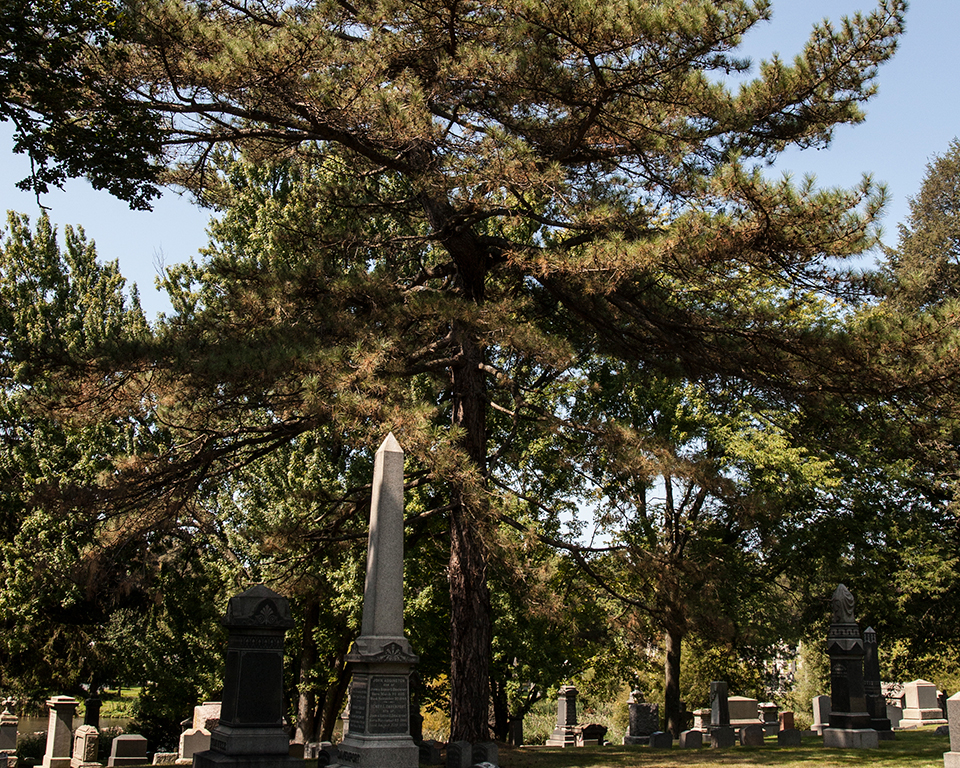PINUS NIGRA – PINE, AUSTRIAN

Unfortunately this plant is ill suited for landscapes in the eastern US due to susceptibility to pine wilt nematode and tip blight disease. Both have been responsible for the death on thousands of plants in the eastern US. Absent this disease, trees stand dryness and exposure, and are adapted to urban conditions including alkaline and clay soil and tolerates road and seaside salt well. That is probably why they have done so well until the recent bought with pest problems. Old trees develop nice bark. Texas literature still recommends this plant.
Austrian Pine is difficult to transplant so should be planted from containers or moved balled and burlapped after being root pruned. Needles in fascicles of 2. If trees must be pruned in the western US, do it October through January to help avoid infestation from pitch moths. Grows in warmer hardiness zones in western US.
Like many pines horizontal branches break easily in ice and wind storms. Something always seems to be falling from this pine tree; needles, sap, branches, and fruit appear on nearby cars, roofs and sidewalks year round. Unless grown in the open with no other trees nearby, shaded lower branches die as the tree grows taller. Open-grown trees keep more lower branches, probably due to greater sun exposure. It is important to maintain only one leader to the top of the plant.
Dropping needles often discourage people from planting pines near streets, parking lots, or near other pavement. Roots also enjoy growing just under the surface of the asphalt and cracking it. Probably the most serious problem of Pines in areas with high pH irrigation water is pine chlorosis. The root system is often dominated by a few large diameter roots.
Like most pines, trees best recover from transplanting when moved balled and burlapped, not bare-root. They also grow fine when planted from containers provided plants are not root bound.

